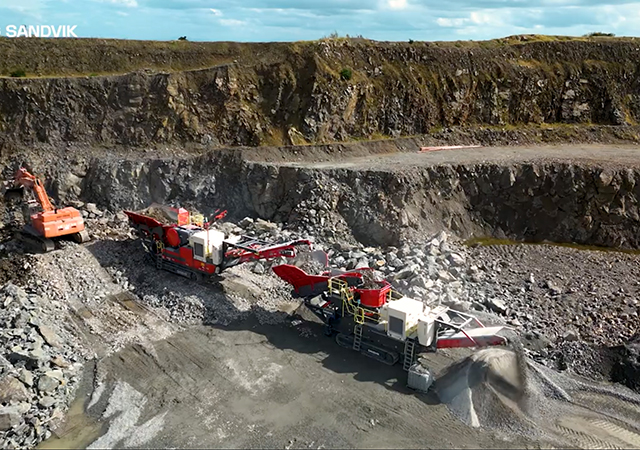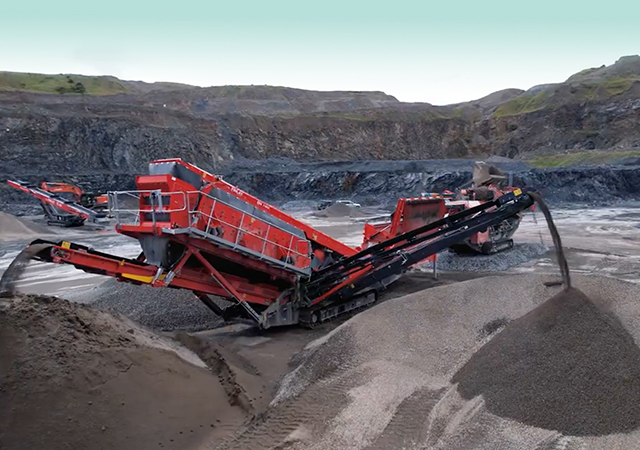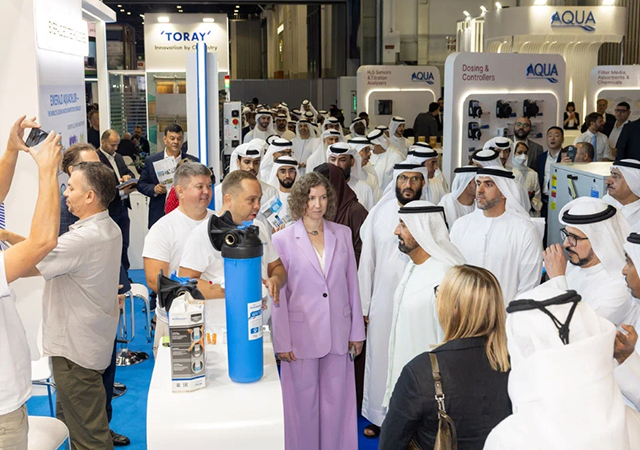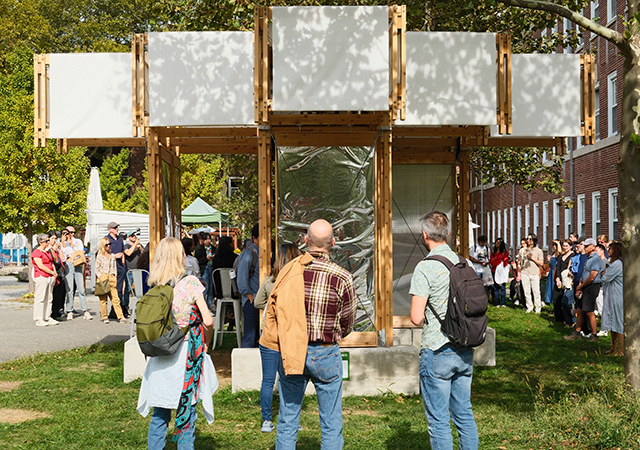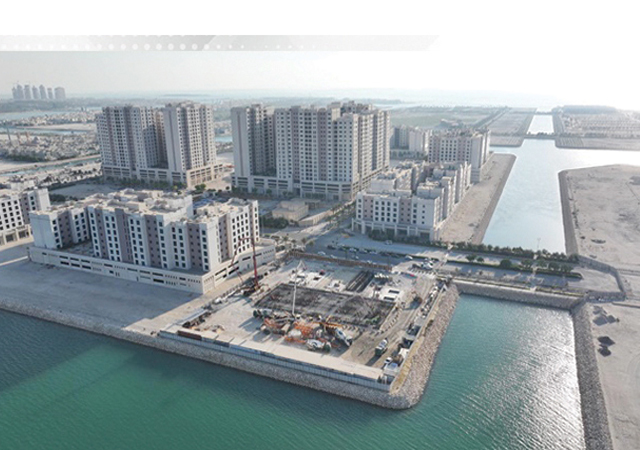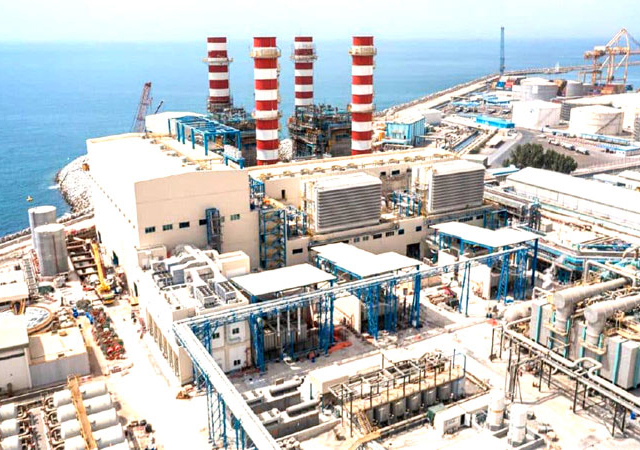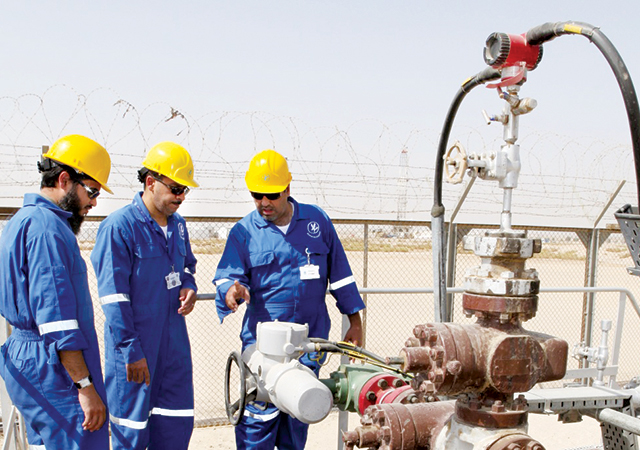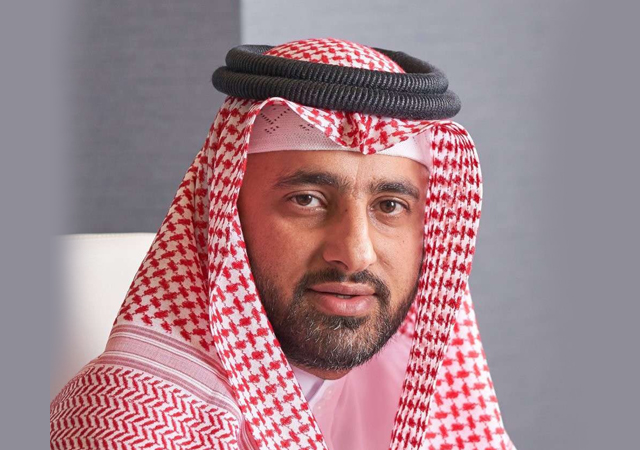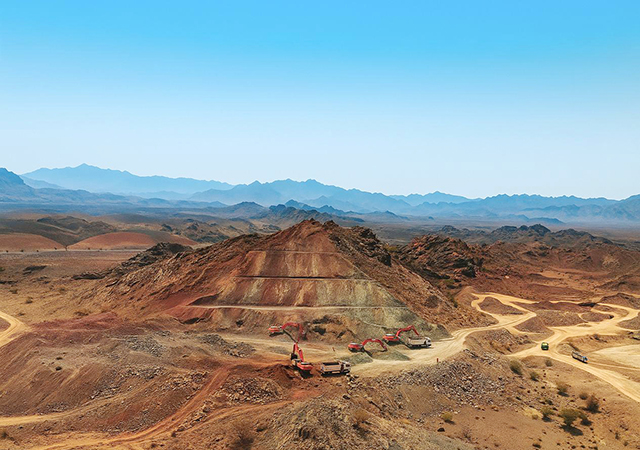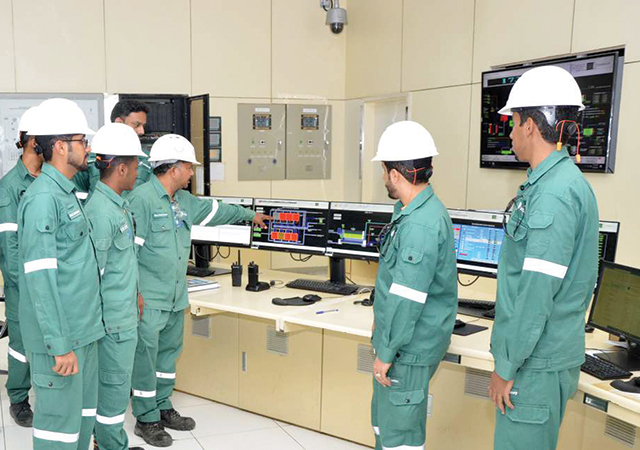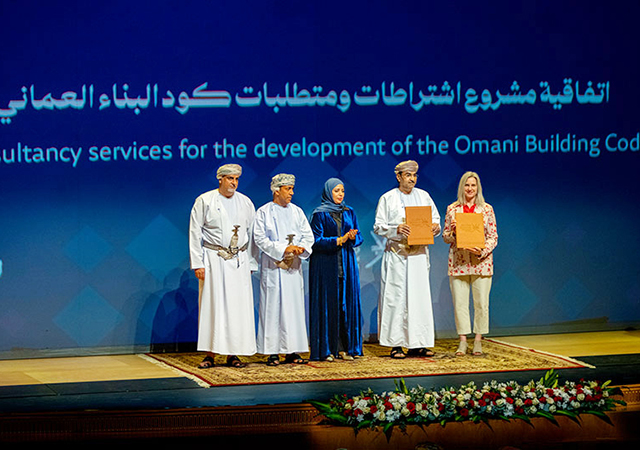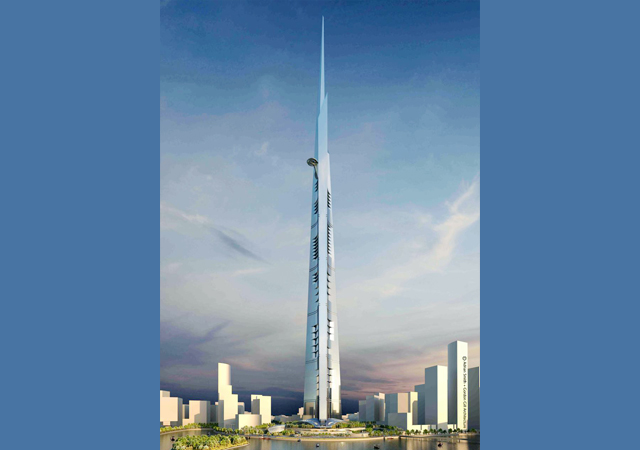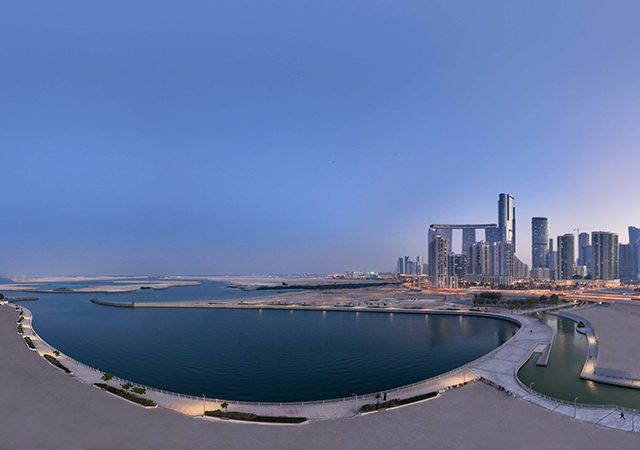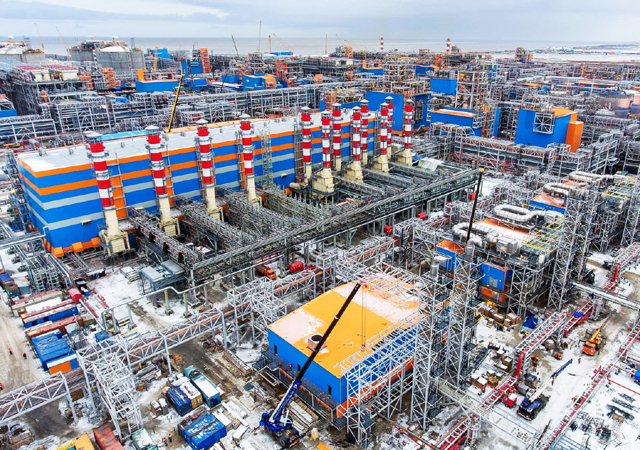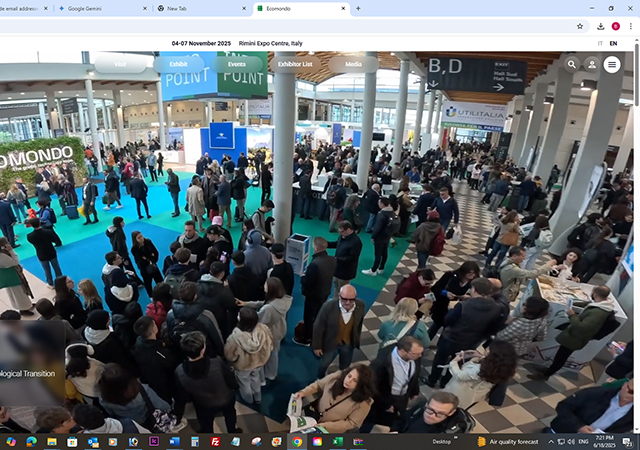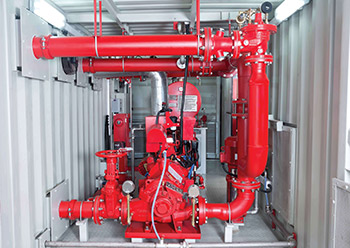
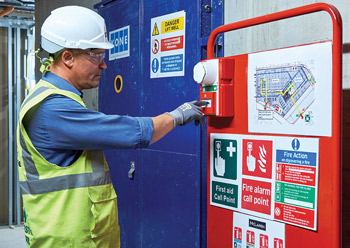 Ramtech WES systems ... fitting a temporary fire alarm during construction can save lives.
Ramtech WES systems ... fitting a temporary fire alarm during construction can save lives.
The German Pavilion is the latest in a long list of pavilions at the Expo 2020 Dubai site to rely on WES wireless temporary fire detection and alarm systems for unrivalled fire protection during the construction process, says Liberty Fire & Safety Equipment Trading.
The Dubai-based company is a major distributor of the WES wireless fire alarm range, which is designed to protect construction sites, industrial properties, temporary buildings and ‘pop-up’ venues worldwide.
“All of the 50-plus projects at Expo 2020 that we have supplied with the WES wireless temporary fire detection and alarm system have units from our UK partner Ramtech Electronics,” Tim Young, Sales Director, Liberty Fire & Safety Equipment Trading, tells Gulf Construction.
Designed and manufactured by Ramtech Electronics, a specialist in the wireless technology business, the innovative WES range is a wireless temporary fire alarm system, developed specifically for the construction industry and certified to EN54. The system are claimed to be designed to withstand the harsh safety challenges and complex environmental conditions existing on construction sites and industrial property. Liberty Fire & Safety Equipment Trading is Ramtech’s exclusive partner in the region.
 |
|
WES systems ... protect assets. |
Among the larger pavilions at the site, the German Pavilion incorporates a combination of room shapes, sizes and heights which is challenging for a conventional wired system, particularly when moving the detection heads to allow for finishing works, according to Liberty Fire & Safety.
Liberty Fire & Safety says the units were installed in a matter of minutes and the system was put into service at the same time.
“Since it is completely wireless, this is not a problem for WES, which is extremely easy to reposition on site. Each unit can be relocated simply by removing it from its location and positioning it in the new location,” says a company spokesman.
“The best part is that there is no need for an electrician, no need for reprogramming and no cable re-routing – and all this adds to more saving and time on site. Once the permanent fire alarm system has been activated, the contractor can remove the units and use it on his next project,” he adds.
Apart from the projects at the Expo 2020 site, WES temporary wireless fire detection and alarm systems were successfully installed to protect numerous (under construction) projects including Sheikh Zayed National Museum, Museum of the Future, DWTC, Flydubai new headquarters, Amazon data centres, and Mall of Emirates (MOE) expansion, Richard Botting, Chief Executive Officer at Liberty Building Solutions, tells Gulf Construction.
“It was even installed at an Ed Sheiran concert – the enquiry was received and a WES system was installed the same day to ensure doors opened on time to allow the show to go ahead,” he remarks.
In total, Liberty Fire & Safety has so far successfully supplied over 1,500 units for various sites and building types across the UAE including museums, hospitals, data centres, high rise towers, Expo 2020 pavilions, office blocks, universities, shipyards and labour camps, Young says.
“Most notably the units are affordable, reusable on future projects and 100 per cent wireless which makes installation on site as simple and cost-effective as possible. There is no need for any expensive, time-consuming interconnecting cabling, complicated programming or even a mains power supply. Site staff can be trained in minutes on how to operate the system. Moving the units around on site as conditions change is also incredibly easy and can be done by site personnel,” he adds.
According to Ramtech, fitting a temporary fire alarm during construction activity can save lives, prevent costly delays, and protect the investment, and these are facts supported by a growing number of industry bodies.
The company cites the example of the recent fire at one of the world’s largest vaccine producers that killed five workers in Pune, western India. The blaze started at a new factory building, adjoined to Covid-19 manufacturing facilities, that was still undergoing construction and indications are that it was caused after insulation material caught fire during welding works on site, it says.
Aside from the tragic loss of life, it is estimated that the blaze caused delays of new product launches and a revenue loss of more than 10 billion rupees ($135 million) due to equipment damage.
The company says that in the UK alone, it is estimated that there are around 10,000 fires on construction sites each year, yet it is still common to rely on fire wardens seeing the fire and then manually sounding an alarm.
In reality, the early stages of a blaze often go undetected because the flames and smoke are obscured by other site materials or begin in remote areas. This results in vital lost minutes, which can lead to more serious consequences like what happened in Pune, India.
The only effective method of addressing all these issues is to use a temporary wireless evacuation and fire detection system. Aside from ensuring workers evacuate site as soon as a fire is detected, these technology-based fire alarm systems protect the client’s assets from devastating financial consequences, including shareholder and reputational damage, because the blaze can be tackled sooner.
John Harrison, Sales and Marketing Director of Ramtech Electronics, says: “The risk of fire on construction sites is ever present, and this example at the vaccine factory illustrates the terrible consequences. Temporary evacuation systems – wireless is preferred by many because it is quick and easy to set up – could have avoided this tragedy.”
Wireless evacuation and fire detection systems are available that incorporate dust-resistant smoke detectors to avoid false alarms in the construction environment. These automatic detectors are supported by manual call points that can be triggered by any person. Medical alerts add further functionality allowing rescue teams to be deployed immediately to a specific site location, again saving valuable minutes, he says.
Systems are available that have a three-year battery life, so little or no maintenance is required, whilst automatic detection eliminates human error. When specifying a wireless fire alarm system, it should be compliant to EN 54.
Innovation in internet connectivity, apps and the ability to collect, analyse and interpret data in live stream have extended functionality, Harrison adds.








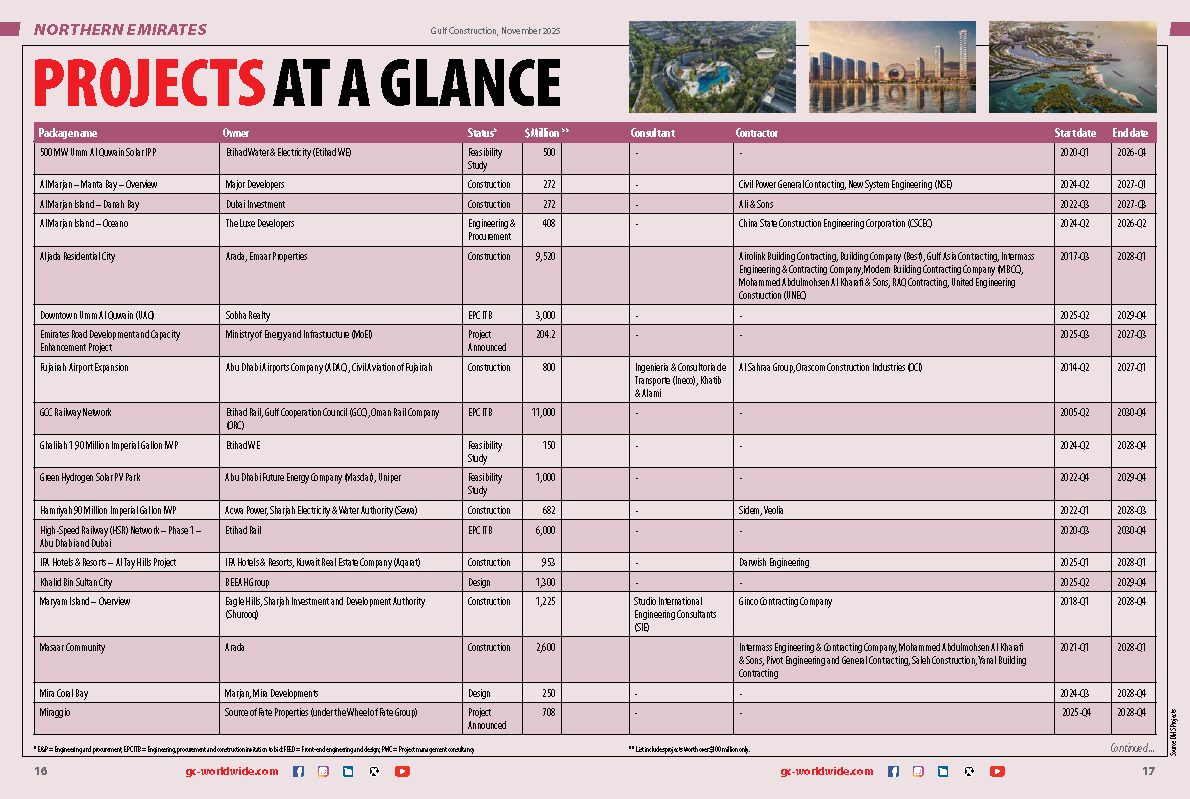
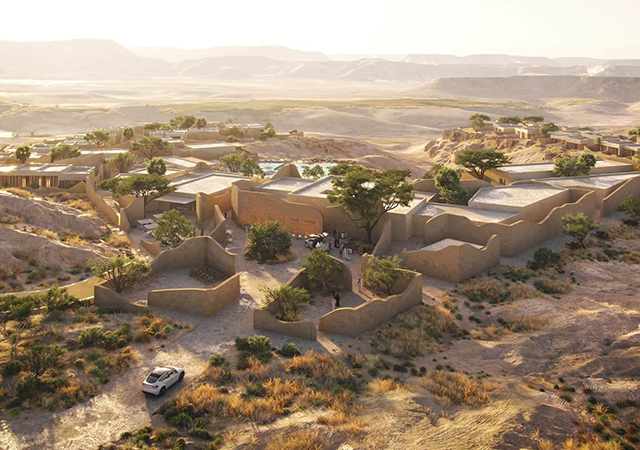



(5).jpg)





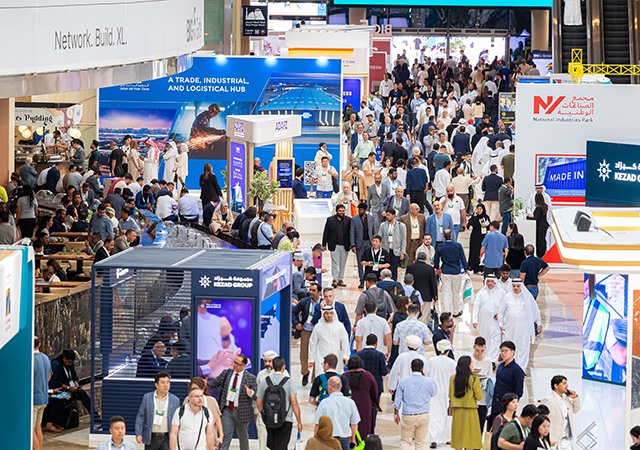
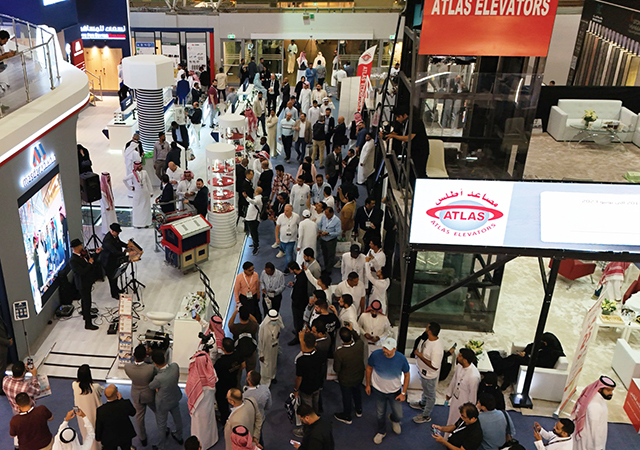

.jpg)



